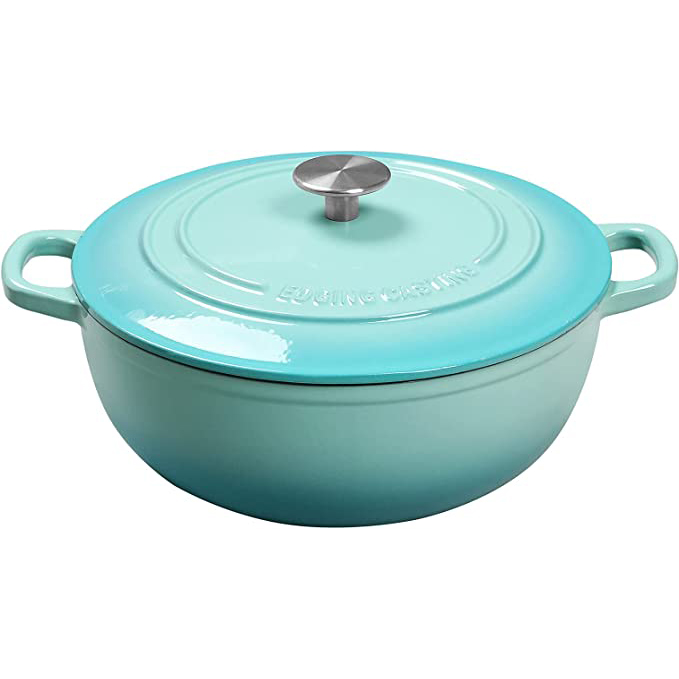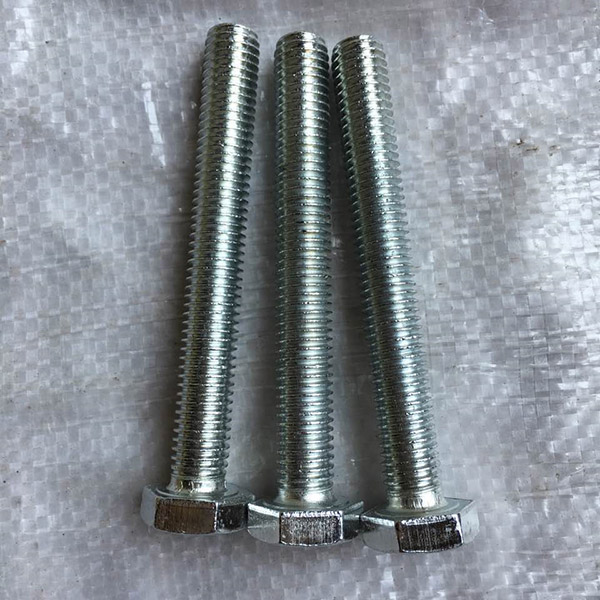The latest innovation between Layher Scaffolding and Trekker Group resulted in an estimated savings of $10.5 million for Orlando Utilities Commission (OUC), demonstrating the effect lightweight equipment and thoughtful design can have on plant maintenance and turnarounds.
The 7m lightweight aluminum FlexBeam. (Image by Micah Turner ©2022 courtesy of Trekker Group) Products

For a public utility, a shutdown can be costly. Any time away from operations is time away from generating revenue. What’s more, because public utilities cannot store electricity themselves, they must purchase any electricity used during a shutdown from other sources. This requires additional expense
“If the boiler is down for a shift, they lose a million and a half dollars,” said Micah Turner, access division manager at Trekker Group of Florida. “That’s 10 and a half million dollars they were able to save.”
The recurring project is a scaffold build to support maintenance of a 500 ton, 450MW boiler that necessitates the shutdown and startup of one of OUC’s coal-burning power plants. Trekker, a company that provides building supplies and equipment, was tasked with providing the interior scaffolding that made maintenance possible. With the new design, they immediately cut down on build time.
“The first outage we did in seven and a half shifts; for the next outage, we knocked another shift off that,” said Turner. The prior build took 18 shifts.
To make the expedited turnaround possible, Turner and Julian Riga, an engineer at Layher, reconceived the traditional scaffolding approach to boiler maintenance. While the former approach relied on full deck builds to keep the structure sound, Turner and Riga looked for a design that would reduce materials at the center of the boiler and focus on access to the perimeter, where it was useful to workers.
To keep material to a minimum while providing stability, they turned to the Layher FlexBeam — a 3-meter, lightweight aluminum beam — employed as both a founding system and at every fourth level of the scaffolding to provide stability. While a traditional scaffolding foundation is composed of steel I-beams, they are typically heavy and require six to eight people to maneuver. By contrast, the FlexBeam requires only two people.
“We came up with the idea of hollowing out the center of the scaffold because we only put a deck on the perimeter anyway,” said Turner. “We started with lattice girders and then decided that the new FlexBeam would be better to utilize in every fourth level of the scaffold to help hold the walls straight.” Hollowing out the center using FlexBeam proved a notable saver of time and materials.
Obed Bosch, regional sales manager for Layher, credits the new FlexBeam for making the faster and safer design possible. “Boiler redesign with the FlexBeam as a foundational beam carries the load of the scaffold from the bottom all the way to the very top,” said Bosch. Layher introduced the product in 2019 with Trekker as an early adopter.
The final structure was composed of 16 working levels, followed by a solid deck and five additional levels above that for a footprint of 45 feet by 52 feet. Trekker completed the build with 22 workers (as opposed to 35 needed for a more traditional approach). With two workers able to handle the FlexBeams, Turner attributes a significant time-savings to this material change alone.
“That was a tremendous timesaver because one, we eliminated two truckloads of material that we didn’t have to pass in and put together,” said Turner. “And two, the FlexBeams being as small and versatile as they are, we were able to get them in place with very little labor.”
“Time is the most important aspect,” said Bosch. “Any time shaved is a money maker (for the client).”
As a result, OUC’s outage was reduced from 18 to 7.5 (12-hour) shifts, resulting in significant savings with no safety incidents.
“The design made the scaffold feel safer. There was less that we had to check and make sure everything was together,” noted Turner. “They said the scaffold was just the best. It was the cleanest and the deck at the top was the smoothest they’ve ever had.”
Additional safety benefits are associated with reducing material on the jobsite, explained Turner.
“Every piece of material you pass up or down is an opportunity for someone to be injured by a dropped piece of material,” Turner said. “So by eliminating two truckloads of material, that’s hundreds and hundreds of pieces — or hundreds and hundreds of chances of someone getting hurt that aren’t there anymore.”
Other safety considerations inherent in the design include built-in features that minimize risks and cost. These include advanced guardrails and metal decking that reduce the need for onsite consumables.
“The big open bay means you’re not exposing your people to fall hazards anymore,” said Turner. “As you’re building or tearing down the deck, it’s being built around the outside, so workers can stay behind handrails all the way up.”
Turner reported no safety incidents over the course of the project. “That’s the first time in over 10 years that any outage has been done without some form of injury,” he said.
Turner attributes the success of the project to a combination of skilled workers, quality products and support. “Our workers have a lot to do with it, but giving them the right tools and products to work with is vital,” said Turner.
The following Layher products were used at various stages of the project:
LayPLAN CAD is an Autodesk AutoCAD plug-in for large-scale complex scaffolding structures that includes 3D planning. Plan via automated processes or select piece by piece, with a visual collision check thanks to realistic rendering. Preview components and output as a 3D model with automatic component identifications and real-time material list for transport and assembly. Export to RSTAB for further editing and structural strength calculations.
“LayPLAN CAD enabled us to show the customer ahead of time what the scaffold would look like in their boiler, as well as while they were building it,” said Turner. Additionally, the customer could use the 3D model to get in there and look at some of the details that may be hard to see on a blueprint.”
The aluminum 3-meter beam is notable for its strength and for being lightweight. It is suitable for support and suspended configurations, weighing only 10 kg/m. With a higher load capacity than standard steel lattice beams, the suspension configuration can be enlarged. This saves time during assembly by reducing drilling, assembly and dismantling work.
Layher STAR Frame scaffolding was used in support of the sole full deck of the design. STAR Frame combines the assembly speed of a scaffolding frame with the unbeatable flexibility of Allround Scaffolding.
Layher clients consistently report savings on labor and time with lightweight aluminum decks. Lighter weights decrease worker fatigue over time, which is a vital consideration when maintaining crews over the course of 24 to 72 hours straight. “We decided we wanted aluminum decks instead of steel decks because they’re lighter and easier to handle,” said Turner.
The Layher Continuous Cover is a thin piece of aluminum designed to reduce risk of trips and fire hazards associated with plywood. Benefits include the low profile and the reduction of consumables on the jobsite.
“If you find yourself with an awkward space between decks, Layher Continuous Covers can be used to provide a seamless transition between gaps while eliminating the need for plywood,” said Harold Parker, product trainer at Layher.
Layher’s wide-ranging industrial customer base gives clients access to a made-to-order database of over 15,000 drawings that can be modified to meet client needs. Trekker ordered special pieces, namely a special sized ledger and diagonal, to fill a few odd-sized gaps and ensure a clean scaffold build.
Layher consistently works with contractors and field supervisors to ensure logistics.
“We had a full plane of material air freighted from Germany so that we could get material here in a very short period of time,” said Turner. “The cooperation and collaboration that Layher gives for these projects is unparalleled.”
For more information, visit layherna.com or call (713) 947-1444.
Connecting people in business and industry with one another for the betterment of all. Become a BIC Alliance Member today.

Iron Casting Copyright © 2023 BIC Alliance, Inc. All rights reserved.